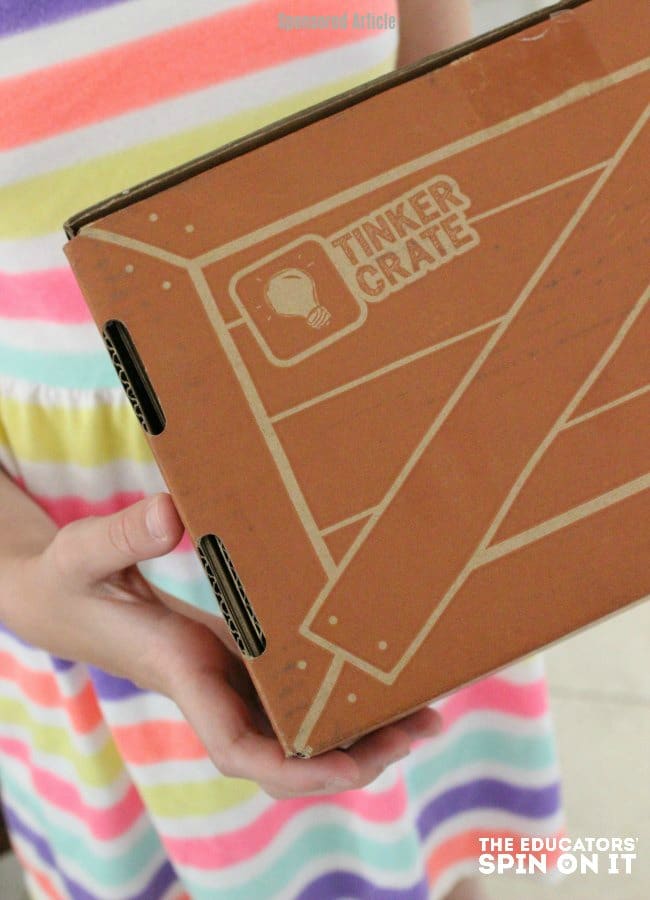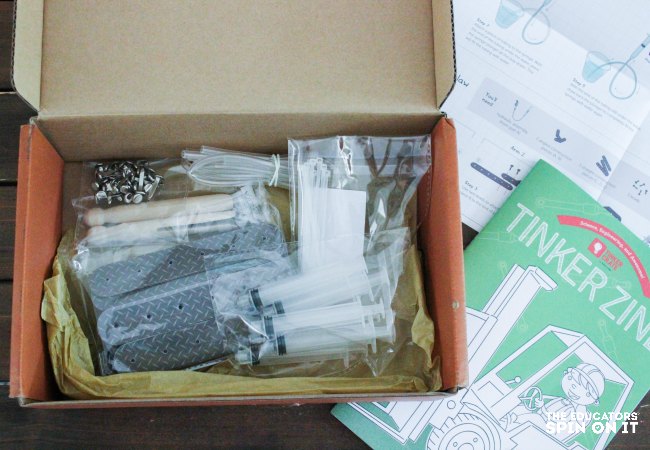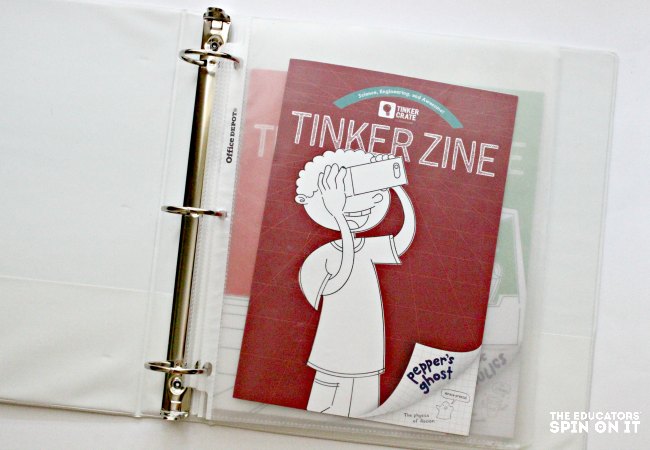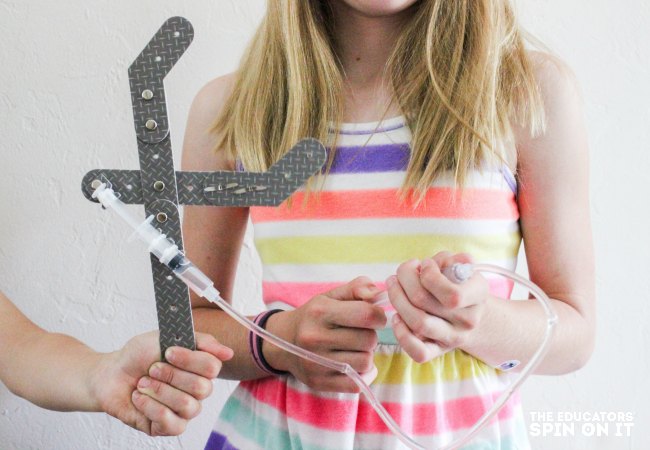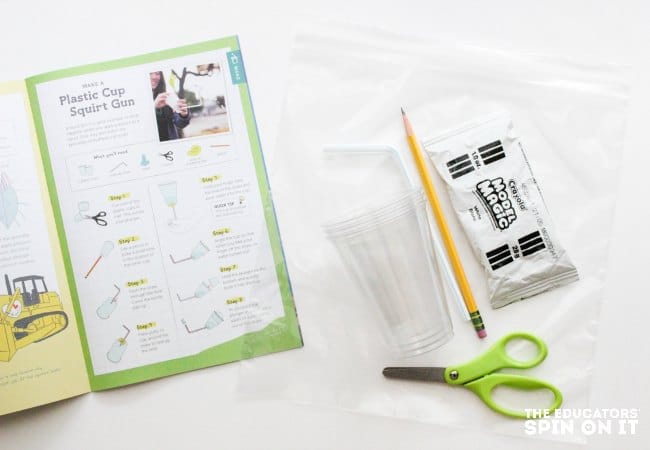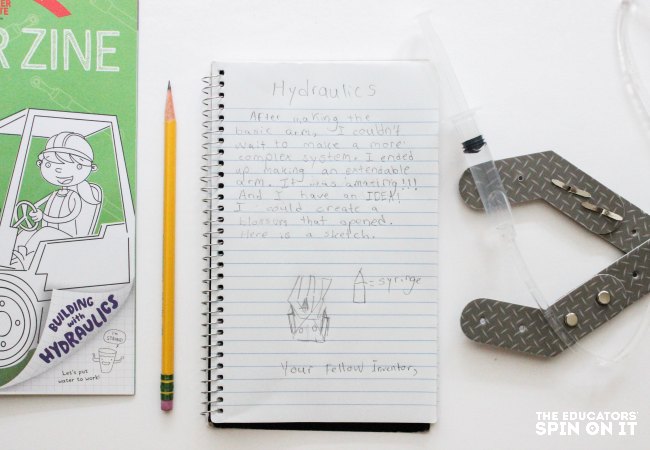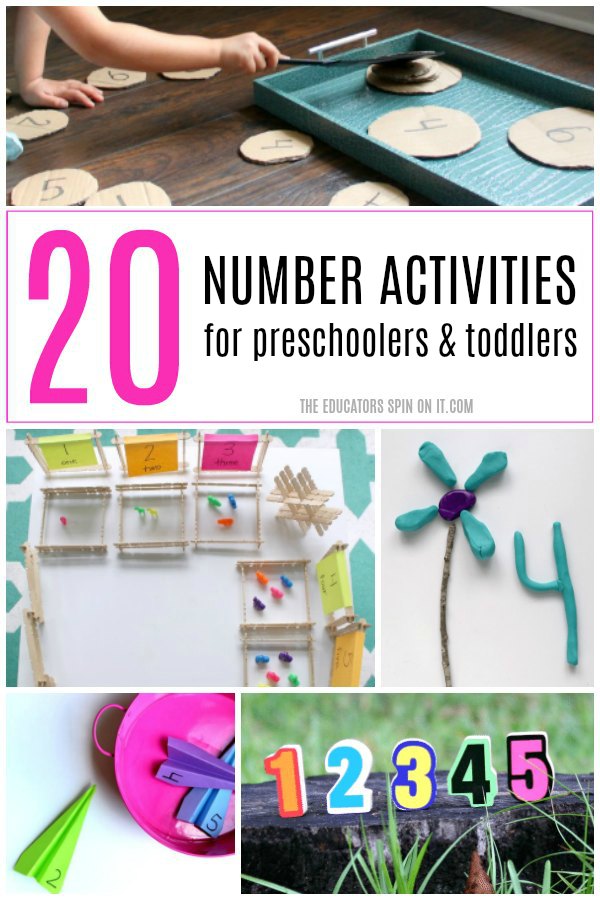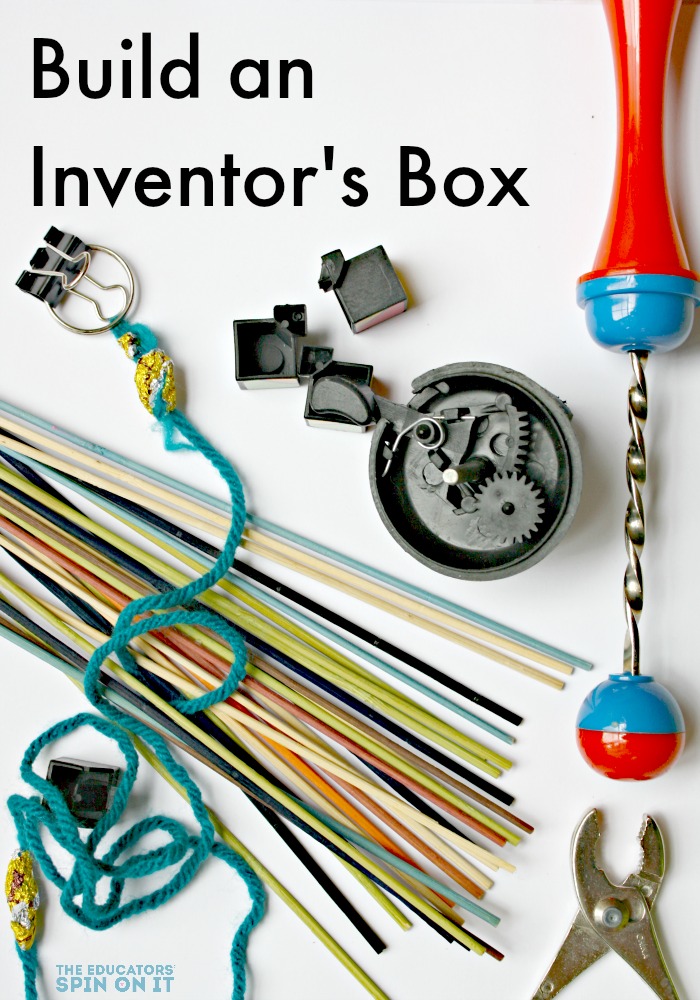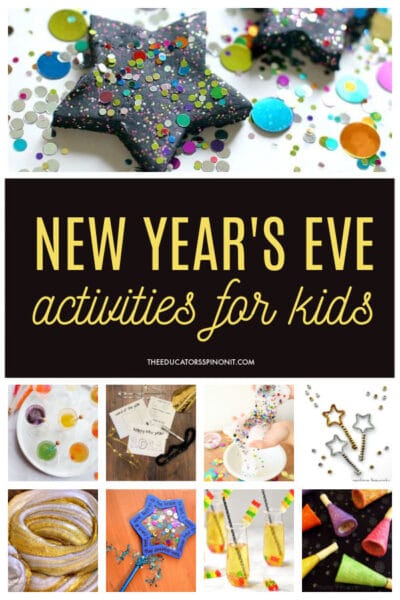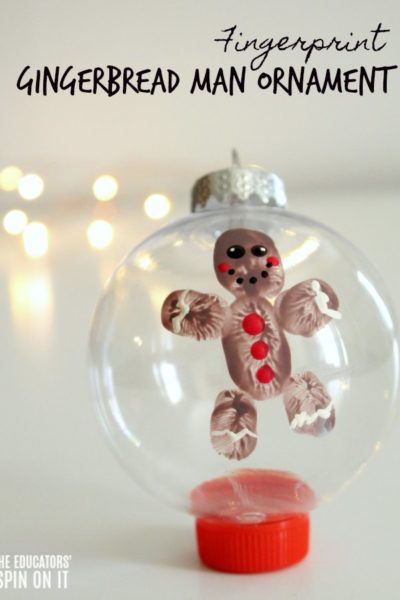Just last week, my kids roped the kitchen cupboard doors together and were trying to figure out how to get two to open at the same time with their new contraption. I’ll admit, my kids are naturally curious. I’m equally as passionate – about their education. My brain was in overdrive, trying to think of how to extend their rope activity into a lesson on simple machines? Knot tying? Cause and effect?
As a parent homeschooling their child, sometimes it’s challenging to continuously come up with engaging learning activities to enrich their education.
Using Kiwi Crates within a homeschool curriculum is an effective way to bring more hands-on, minds-on creative projects to your child’s everyday learning – without the stress of having to curate and prepare one or more remarkable lessons plan each month.
Disclosure: This article, Using Kiwi Crates within a Homeschool Curriculum, is sponsored by Kiwi Crate and contains affiliate links. The opinions expressed in this post are 100% my own. I’m a HUGE fan of bringing more hands-on STEAM learning into our kids every day!
So what are Kiwi Crates?
Kiwi Crates are an educational monthly subscription service that provides lesson plans, educational projects, arts and crafts and a number of interesting activities to be completed on a number of subjects. The boxes usually consist of 1 to 3 projects depending on the length of the project and task size. In the kit comes everything your child will need to complete the task and other activities ideas extend the main project.
Read our review of Tinker Crates and Doodle Crates.
“Tinker, Create, Innovate
Every Month, We {Kiwi Crates} Deliver the Tools for Creative Learning”
Why Use Kiwi Crates within a Homeschool Curriculum?
Kiwi Crates are a great addition to any homeschooling curriculum. They bridge many core topic areas, reinforce academic concepts, and help children develop essential life skills such as problem-solving and creating.
- They are FABULOUS for hands-on learning. Kiwi Crates go WAY beyond using flash cards or just reading an article to learn about a topic. DOING a project really helps kids solidify their understanding of the topic. Doing several hands-on learning projects related to the same topic helps them develop an even deeper knowledge of the concept presented.
- Kiwi Crates have encouraged me to do projects with my kids that I probably wouldn’t have put together and done on my own, like learning about hydraulics, making machines, or figuring out the science behind slime with the slime lab.
- Everything needed for the project is in-the-crate! Admittedly, I LOVE creating new learning games for my kids with supplies we already own, (I even co-authored a book, 100 Fun & Easy Learning Games for Kids, on the topic) but there are some days when I just want everything altogether, ready to go, in a nice neat package – with all the information needed to enrich my child’s understanding of the academic topic.
- The Tinker Crate comes with one “bigger” project. They also contain a mini magazine with other project ideas and the facts behind the project. My kids like gathering the supplies and planning out how to do the extra projects, extending our learning even further.
- My kids are visual learners. Not only are there printed projects, but step-by-step video instructions for most crates too. This brings a technology component to each crate.
- If the crate doesn’t work out perfectly the first time, then kids get to use their problem-solving skills to figure it out the second or third time around. We’ve found that Kiwi Crate staff has been instrumental in helping us troubleshoot when needed.
Making the Most of Using Kiwi Crates within your Homeschool Curriculum.
If you are a homeschooling parent, then you already know that the key to following through with hands-on learning activities is to get organized. We have also found that helping to build and keep excitement about learning helps too! Kiwi Crates are fabulous additions just as they are within a homeschooling day, but I like to maximize their learning potential. Click to view available Kiwi Crates. Here’s what we do;
Planning: Adding Kiwi Crates to Your Already Busy Homeschooling Day
- First, write in STEAM lesson plan time in your homeschooling planner. Star the dates when your Kiwi Crates arrive. Although you do not know what is in the crate yet, you can write a note: STEAM Kiwi Crate Lesson plan in the space and fill in the specific details when it arrives.
- Then set aside at least 2 more times in your homeschool week after the first initial lesson. Use these lessons to do another project or project extension from your crate (depending on which crate you get). These times may be directly after the first lesson or the following day. Pencil in a review time as well. Your planner may look like this.
- Last, but not least, identify a place in your homeschooling curriculum area to store the Kiwi Crates if you will not immediately begin creating. Their compact boxes make for easy storage if needed. Start a 3-ring binder for completed magazines. We have found the magazines store well in a three-ring binder pocket and make it easy to grab for activity extensions and academic concept reviews.
Before your Kiwi Crate Arrives:
Kiwi Crates are designed to inspire creativity and encourage learning. A box delivered to your door each month is definitely a special treat. Build even more excitement.
2-3 days before your Kiwi Crate is scheduled to arrive, sit down with your child and brainstorm. Have them write a list of what they “THINK” will be in their crate. This gives you the opportunity to review content taught in previous crates. (The inventors at Kiwi Crate are pretty innovative, we’ve never seen the same academic topic or theme covered twice in a row!)
What to do when your Kiwi Crate arrives.
“THE KIWI CRATE IS HERE!!!!” I opened the front door and bellowed. 3 sets of little feet scamper to be the first to arrive. It’s a pretty awesome sight to see everyone get so excited about learning.
When the mail delivery person drops the package on your doorstep, drop everything and make a BIG DEAL about the arrival. Oftentimes, kids thrive on how we as adults react and act toward learning. A big SMILE, exciting words, and enthusiasm set the tone for learning.
The minute your child sees the box delivered, capitalize on that initial excitement. Let your child dive right into building the project. My kids ask the why and how questions as they build. The kids get excited to read more about the topic AFTER they have built the main project.
Extending the learning in your Homeschooling Adventures with Kiwi Crates
After your child has completed their Kiwi Crates tasks, then it’s time to dig a little deeper and wider into the crate’s selected topic.
Build Activity Bags. The Tinker Crates, for example, come with a magazine filled with more about the topic and additional activities. The extension activities use common household materials and are not included in the crate. Gather the supplies for each additional project and place in activity bags to complete during upcoming STEM homeschool lessons.
Schedule a Related Field Trip. The animatronics article about pneumatics (compressed air) and hydraulics inspired a day trip to a local dinosaur event in which the kids looked at the moving animals in a whole different light.
Keep a STEAM Journal. Let children record their designs and ideas in a STEAM journal. Encourage them to write down the information they have learned and questions they may have.
Read More About the Topic. Head to your local library to select more non-fiction books about the Kiwi Crate’s monthly topic. Learning about wind? There are lots of books with even more experiments. Many libraries will even let you reserve books online and pick up the collection in person.
Make a Video. Last, but not least, give kids a camera or other device with video capabilities and a tripod or adult helper. Let them create a video showcasing their projects and what they have learned. Play the movie for family members.
What ages are best for Homeschooling with Kiwi Crates?
I believe Kiwi Crates does a good job of making sure activities and materials are developmentally appropriate for the selected crates. My 4 year old, for example, can complete the activities in the Kiwi Crates (geared for ages 5-6) but needs adult assistance. My 7 year old is interested in the Tinker Crate topics, but does well with adult supervision.
- Ages 3-4 Koala Crate: This crate consists of creative materials and 2-3 activities. An activity guide for parents to follow with their child. Imagine! magazine this is like a storybook and online DIY ideas with tutorials and tips
- Ages 5-6 Kiwi Crate: This crate has what is called a maker project which focuses on the arts, science and engineering. Materials for creative learning with instructions. Explore magazines similar to the story but more for older kids with comics and games. Online DIY ideas.
- Ages 9-16+ Doodle Crate: Materials with step-by-step instructions on how to use them, video instructions and tutorials made by other kids of a similar age, and an inspiration sheet.
- Ages 9-16+ Tinker Crate: For those who are more technical than artists it has a fun project with blueprints, Tinker Zine a sort of magazine, and video tutorials.
Kiwi Crate is prepared for any student with any niche up until the age of about 16. It is definitely worth a try if you are homeschooling your child and are hoping to add more fun and engaging lesson plans to your learning day.
You may also enjoy these articles at the Educators’ Spin On It
